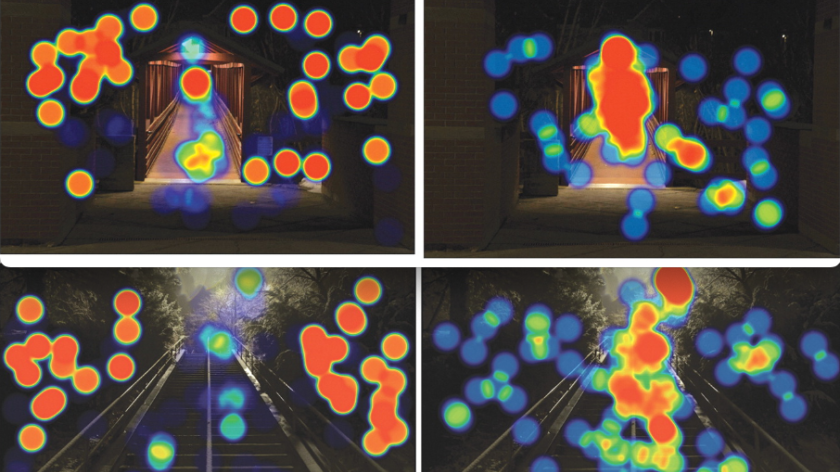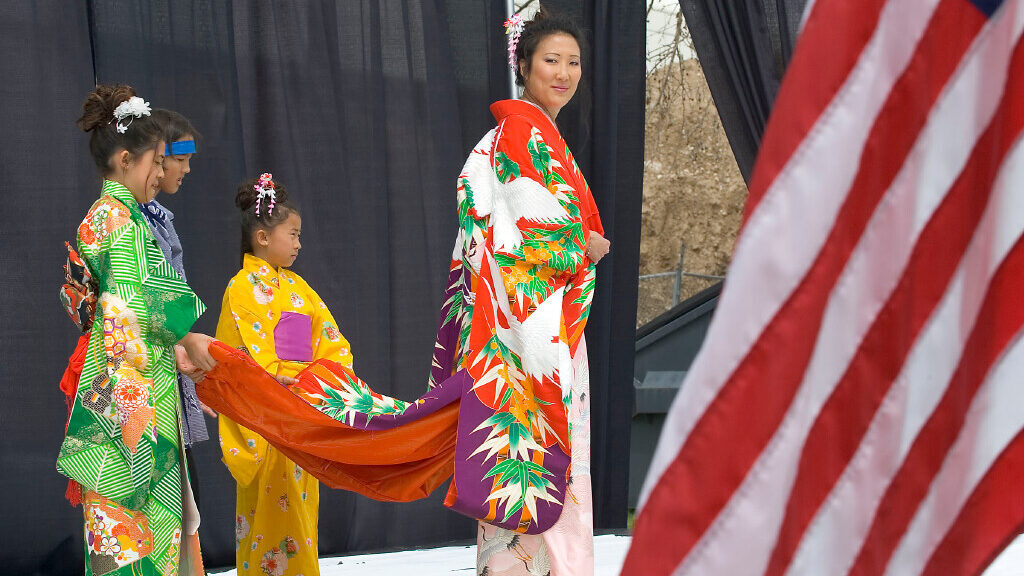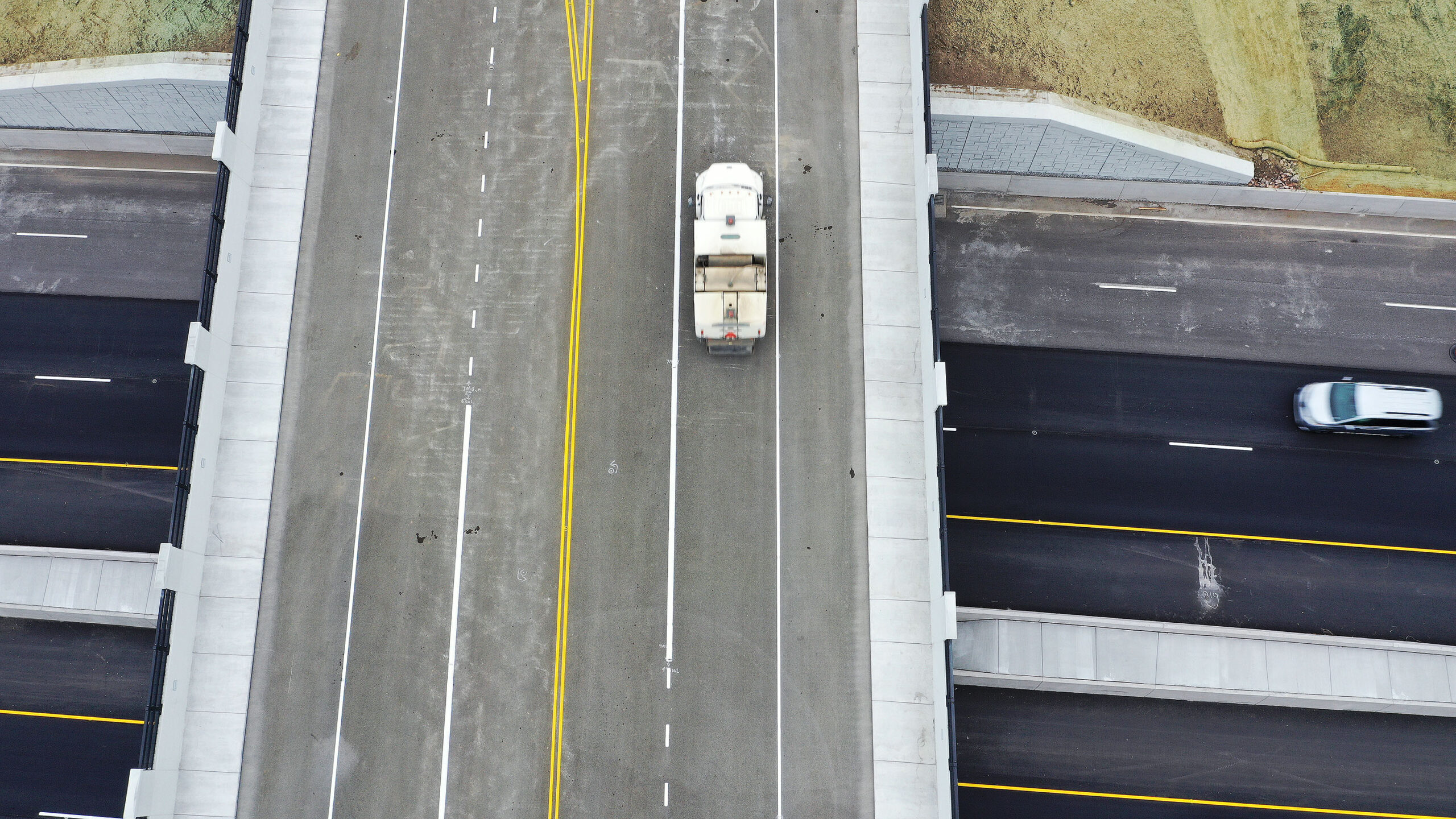BYU study shows women feel unsafe walking in the dark
Feb 7, 2024, 6:00 PM | Updated: Feb 8, 2024, 7:06 am

A new BYU study shows how different the experience of walking home at night is for women and men. (BYU News)
(BYU News)
SALT LAKE CITY — Men and women experience walking home in the dark very differently according to a new study from BYU.
Nearly 600 college-aged men and women were shown walking pathways at Utah Valley University, Westminster, BYU and the University of Utah. Each area was photographed during daytime and nighttime hours.
Then, the students were asked to mark where they would focus if they were walking the path.
What the BYU walking study found
The men focused on what was directly ahead of them. However, the women were much more focused on the peripheral, darker areas of the paths. One former student who worked on the project, Alyssa Baer, said they were shocked at the results.
Baer explained the motivation behind the study.
“Any type of research like this, is really to say, how can that [prompt] future questions and future research to figure out what can we do about it to improve?” Baer said.
Additionally, Baer hopes the research will increase community awareness and prompt changes so women feel safer walking in the dark.
“We wanted to kind of look at that through this lens of our female college students who are you know, on campus oftentimes late at night or early in the morning.”
According to the study authors, the data could be used by those who create college buildings and campuses, to make better environments.
“How does lighting and then entrapment and treatment —being how open or closed office space is — how do those two things impact whether or not someone perceives an environment that they’re in?”
Baer said she was surprised at the stark difference in the reaction on gender.
“I don’t think we expected there to be nearly this much variation or such that just stark contrast [between men and women],” Baer said. “So, for us, I think it really was that conversation starter of saying okay, ‘what else does this tell us?”
Other reading:













